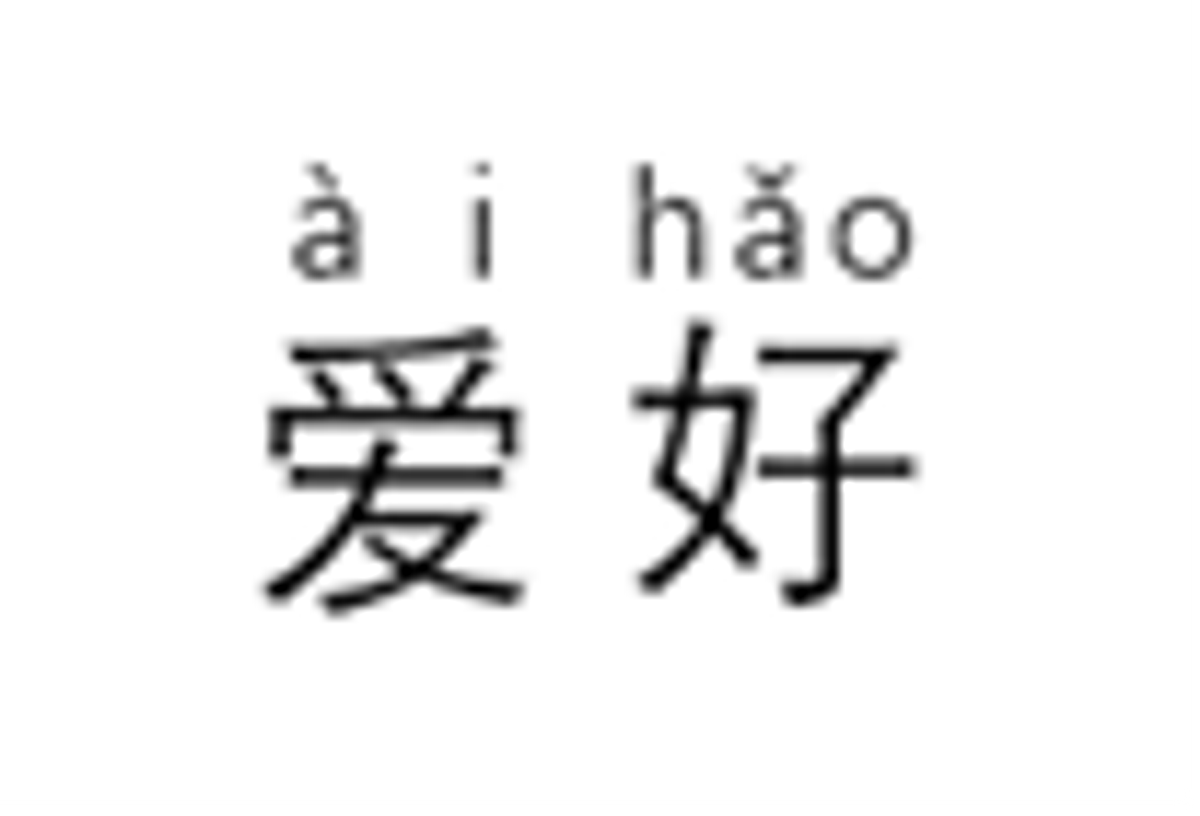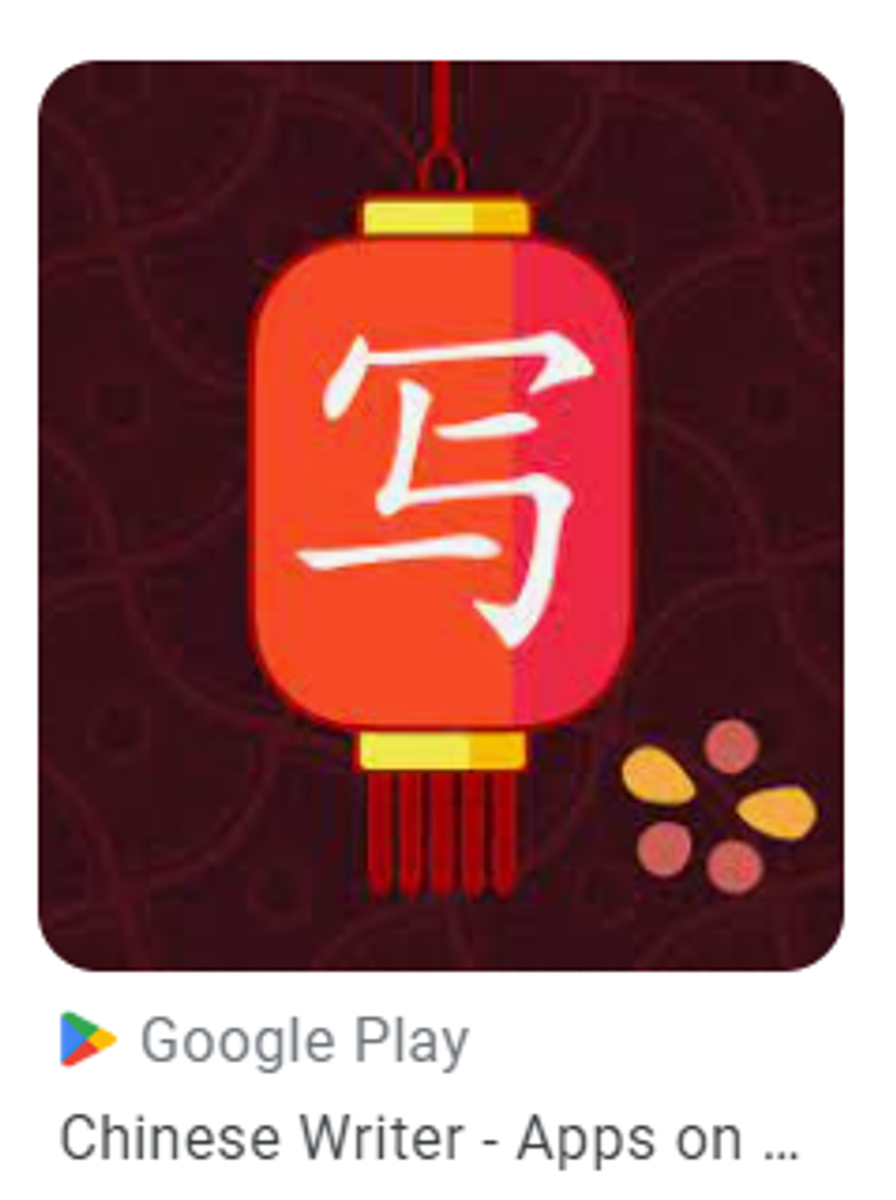LOTE

Welcome back to Term Three; we hope everyone enjoyed their holiday break! During the last term in Languages, students engaged in language acquisition associated with their Inquiry units of study and developed their cultural understanding of the Dragon Boat Festival traditions. They will further consolidate their language skills and begin new inquiry-based learning this term. Students will also investigate the Mid-Autumn Festival, also known as the Moon Festival, with a look at its origins and how it is celebrated worldwide.
Message from the 2023 Language Captains:
Dear Glen Waverley Primary School Community,
It’s been a really great kick-off to the year regarding language learning! Throughout the year so far, we have been learning and inquiring about Chinese cuisines, Chinese dining etiquette, different dynasties, and the customs in Chinese history. The junior learners have learnt seasons, numbers, naming our family members in Chinese and much more. There have been many opportunities for us to convey the knowledge we’ve gained through Chinese learning. This includes creating a poster of our newly gained knowledge and presenting it to our classes.
Moreover, we would like to make that experience even finer. We have initiated a brand new club to our school, followed by the name of the Chinese Crafting Club.
To start with, we’ve chosen to aim the club for Year 4’s, the start of Upper primary. As we’ve experienced, going into Upper Primary is a colossal jump between school learning. We were thinking of a way to assist with that and to support their well-being. Our Chinese Crafting Club will help out with that.
The scaffold of this would be to deepen our understanding of Chinese culture as well as having a fun and enjoyable time. The club will feature numerous activities regarding crafts, such as, Chinese ink painting, Chinese calligraphy, paper folding and much more to come.
These crafting ideas would be a distinguished way to support our wellbeing and mental health. For instance, the usage of the Chinese Calligraphy Brush pen will increase concentration and the soft strokes will also provide tranquillity to the mind. All this also applies to the other crafts that can be made.
In conclusion, thank you for taking time to read our article and we look forward to seeing the Year 4’s soon at the Chinese Crafting Club. Enjoy your holidays!
Kind Regards,
Ileesha and Lulu, the 2023 Language Captains
Prep
In Term Three, Prep students will focus on ‘Colours’. They will learn to recognise and pronounce familiar colours such as red, yellow, green, blue and black, and to apply knowledge to talk about the colours of surrounding objects. To transfer their learning, students will create a rainbow poster that contains learnt vocabulary and sentences.
Curriculum Links:
- Participate in class routines, structured conversations and activities using teacher-modelled tones and rhythms (VCZHC001)
- Locate information about family and familiar events from spoken and visual sources and convey this information in simple visual and oral texts (VCZHC003)
Key Vocabulary:
Colour
Like
Dislike
Year 1
Year One students will focus on ‘vegetables’ this term. They will learn to pronounce/recognise vocabulary such as chilli, potato, carrot and tomato as well as discuss what healthy food is. They will transfer their learning by talking about their most and least liked vegetables. To celebrate their learning journey, students will create a foldable vegetable book to deepen their understanding of the topic.
Curriculum Links:
- Locate and present information about familiar objects, people and personal interests using visual and contextual cues (VCZHC004)
- Identify equivalent or similar Chinese words or phrases for familiar objects or terms in English (VCZHC007)
Key Vocabulary:
Vegetable
Like (to eat)
Do not like (to eat)
Year 2
This term, Year Two students will focus on different places in our community. They will learn vocabulary such as home, school, park and supermarket while being able to use sentences to ask, ‘where are you’ and answer that question. Through transfer, they will demonstrate their learning by designing an ideal community. Learners will explore and reflect on what an ideal community means to them and the function of different places in our lives.
Curriculum Links:
- Recognise Chinese characters as a form of writing and Pinyin as the spelled-out sounds of spoken Chinese (VCZHU011)
- Understand that Chinese sentences have a particular word order (VCZHU012)
Key Vocabulary:
Community
Where are you
I am at
Year 3
Year Three students will learn the language used to describe rooms in a house. They will learn to identify the vocabulary of rooms in different houses and develop metalanguage to talk about language structures. Through transfer, they will demonstrate their learning by designing a dream house and presenting it in Mandarin. Students will also inquire about how cultural differences impact architectural design through the lens of globalisation. They will then create a poster presentation to share their learning.
Curriculum Links:
- Obtain and process information about places (VCZHC017)
- Reproduce key Chinese characters from familiar contexts using stroke types and sequences (VCZHU027)
Key Vocabulary:
Home
Room
Siheyuan
Year 4
The Year Four students will focus on hobbies and Leisure activities this term. They will learn to describe their interests and passions and to ask practical questions about someone else's likes and dislikes in Chinese. Students will first explore verb phrases of various hobbies, then develop these more deeply into sentence structures. They will transfer their learning by talking about hobbies when getting to know a Chinese friend at or outside school. To deepen their cultural knowledge and understanding, they will be given a learning opportunity to inquire about a broad range of leisure activities in different cultures and create a virtual presentation to showcase their learning.
Curriculum Links:
- Exchanging ideas and opinions with teachers and peers (VCZHC017)
- Convey this information using learnt phrases and keywords (VCZHC019)
Key Vocabulary:
Interest
Hobby
Traditional Games
Year 5
Students in Year Five will develop an understanding of the origin of Chinese characters and explore their evolution. They will learn the radicals of Chinese characters and understand their structure and composition. Learners will transfer their learning by applying their understanding of the structure of the Chinese characters and practising Chinese handwriting in the correct stroke order. By the end of the unit, learners will complete a poster of Chinese Spelling Inquiry to deepen their learning of the Chinese characters, and the history and meaning behind them.
Curriculum Links:
- Create own bilingual texts such as signs, displays and posters (VCZHC040)
- Identify how character structure, position, and component sequences relate the form of a character to its particular sound and meaning (VCZHU043)
Key Vocabulary:
History of character evolution
Character structure
Writing order
Year 6
Students in Year Six will learn about some main cities in China and around the world. They will focus on using essential words and sentences to express their thinking about different cities in Chinese. The inquiry-based learning will help learners to experience and engage with the cities through a global lens. Learners will explore the history, influence and impact upon society, politics, the economy, and the environment of important cities around the world. They will transfer their learning and deepen their thinking on the indispensable factors of liveability as well as what makes liveability for people high quality. As a celebration of their learning journey, students will prepare a group presentation to share their learning.
Curriculum Links:
- Locate key points in written informative texts, summarising the points to report to known audiences (VCZHC036)
- Form sentences to express details such as the time, place and manner of an action and to sequence ideas (VCZHU044)
Key Vocabulary:
Livable cities
Portrait of the city
Famous attractions
How can you support your child’s Language Education learning at home?
- Sing or exposure to Chinese Songs to gain interest in the language
- Practice writing Chinese characters via App “Writer”
- Borrow bilingual Chinese storybooks from the school library or local library
























